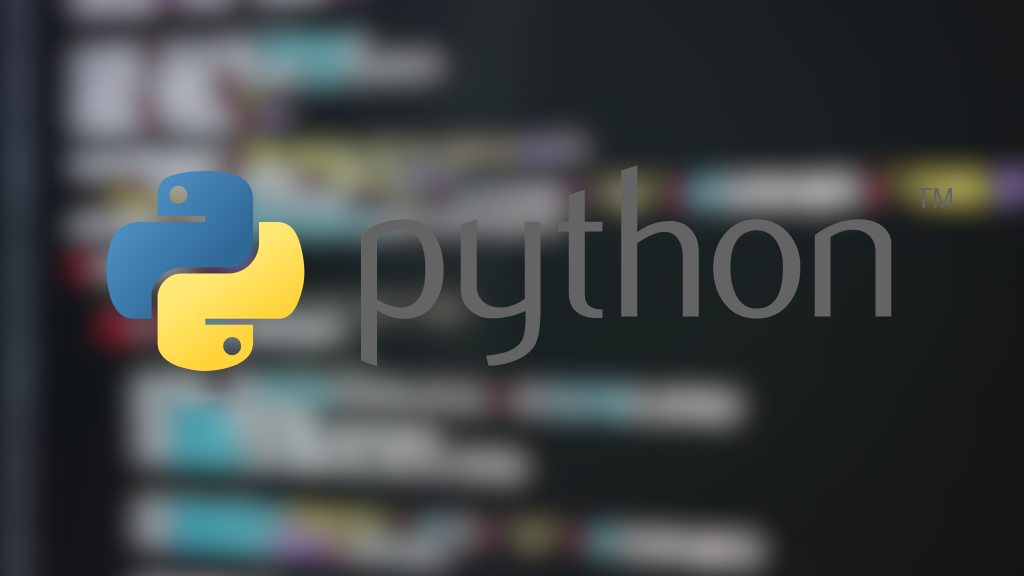Automation has always been an essential aspect of better time management and higher productivity. With programming languages like Python being more accessible, people are finding new ways to leverage it in daily tasks. And we all know how programmers love being able to automate tasks and boost the workflow. That’s why many marketers also use some of this experience to take their SEO automation to the next level.
Still, a lot can go wrong unless you figure out what to do, how, and when. Besides, knowing how to improve SEO ranking can be pretty complicated on its own. Throwing in automation will either bring quick results or cause your site to lose its position in SERPs. This article will explore how to use programming to enhance your SEO analysis and boost search rankings.
What SEO Tasks Can You Automate With Python?

Many programmers already know what it takes to automate with Python and want to take that further by cutting down the time spent on SEO tasks. So what routinary process can you simplify by using Python automation? Keyword research and analysis, website monitoring, link building, and on-page optimization, to name a few. Python can also contribute to efficient off-page SEO, which is particularly interesting for those using backlinks services or doing active outreach.
Besides, things like creating a redirect map, writing multiple meta descriptions, grouping keywords into clusters, or analyzing them with N-grams, can all be done faster, better, and with fewer errors. The best part about this is that you don’t need to be an SEO specialist or spend years coding to run most of the Python strings required to do some of these.
There are many useful scripts you can apply on the official Python site. For example, this one allows you to do a basic SEO analysis and find broken links on any page. And you can also find tons of free resources online that provide an easy-to-follow step-by-step guide. Besides, there are many Youtube videos that can be helpful. But how does your website benefit from this? Keep reading to find out.
Benefits of Automated SEO Analysis for Your Website
Automated SEO analysis can be very beneficial for your website in many ways. The truth is that most SEO tactics can be time-consuming. For example, for a website audit, you have to review your site’s performance, identify issues affecting search rankings, and fix them. All of these tasks are essential to maintain your competitive edge, but sometimes they can end up being overwhelming.
Still, many programmers might need more time to learn the necessary nifty technical details to do these successfully and with minimal errors. Thankfully, technology has evolved so much that a lot of the process can be handled more efficiently. Automated SEO analysis saves time, which is obvious, but it also simplifies tasks like collecting keyword data, analysis, website monitoring, backlinks analysis, etc. It also makes it easy to run active or passive monitoring requests to your server, and monitor your network traffic, especially when you want to keep tabs on your page speed and usability.
Impact of Security on Website Performance

For many who are well-versed in SEO best practices, the security of your website isn’t a matter of choice but a necessity. With Google’s policies, adding an SSL certificate can significantly improve your website rankings and overall performance. Besides, many people have valid concerns about online privacy issues and avoid sites that are not secure.
In fact, most would prefer to hide their digital footprints to safeguard their personal information from any data breaches. So, having an SSL certificate goes a long way in making your clients feel safe while using your website. Besides, it is a crucial step to avoid potential litigations if your system is breached.
Python for SEO: How to Improve Your Google Search Rankings
Using Python for SEO tasks can be a game changer. You can run strings or include APIs to take it to a whole new level. Here are some basic ways to use Python to improve your SEO rankings.
#1 Sending Personalized Bulk Mail
SEO gurus know that emails can be a powerful tool for driving traffic to your web page. It can serve as a good way to keep your clients updated with relevant info on brand events, product launches, etc. Still, very few marketers enjoy cranking out mail after mail, even if it’s for business. By using Python for SEO tasks like sending out bulk emails personalized to each recipient, you can build good relationships with your clients and increase engagement on your site.
#2 Multiple File Uploads
This is one of the important uses of Python for SEO that most can relate to. For example, images are crucial for improving search rankings and helping sell your product to your target customers. Most websites have a few collections of such files that can take a while to upload if done manually. Thankfully, Python request libraries can handle this task. Sometimes, issues can happen with some images or other files during a site migration. To safeguard the results of your SEO efforts, this Merehead article recommends fixing all broken links and URLs. As we’ve seen, there is also a Python script for this.
#3 Website Data Compilation
Depending on your project, you may need to extract specific data from web pages occasionally. A good way to make this less tedious is to leverage any Python libraries built for this purpose. This is a great option to gain insights into user behavior on your sites or find guest posting opportunities around the web. Some people even use it to gather data on trending keywords from several niche-relevant sites or find useful backlinks-building platforms for guest blogging purposes. With your web scrapping completed, you can then analyze the data to determine what can positively impact your site’s performance.
#4 Data Visualization
One handy way to leverage Python for SEO purposes is through data visualization. Perhaps you want to understand the search volume for several keywords you plan to use in your next blog or see detailed analytics of your site from a pictorial point of view. You can use a script of your choice to look deeper into any of these and other core data that affects your site. This will have an impact on your decision-making.
#5 Automate Social Media Posts
There are several Python libraries and APIs that make it easy for you to automate posts across multiple social media platforms easily. This can help you maintain an active social media profile, boost engagement and expand your audience reach. Also, you can key into Python to get trending topics from the multiple SM channels and see how you can key into this for your marketing strategy.
#6 SEO Split Testing

Sometimes, it is essential to compare multiple pages to see which ones rank well and why. This is an SEO task that can be challenging for many website owners. That’s why when it comes to A/B testing, it can be much easier to automate this process with Python. Many experienced people who do split testing often also incorporate Google Tag Manager to ensure the best outcome and minimize risks.
Conclusion
SEO automation has already changed much of how we approach search engine optimization tactics. It has removed the need to spend time painstakingly searching for relevant data necessary to formulate and implement better strategies. Today, it is easy to automate repetitive tasks with Python, as well as run automated SEO analysis on your page in real-time. With Python for SEO becoming the norm, the possibilities for finding new ways to improve your site’s performance are limitless.
Author Bio:
James Baxter is professional writer, ghostwriter and blogger, who loves sharing his experience and knowledge with readers. He is especially interested in digital marketing, blogging and SEO. James is always happy to visit different places and meet new people there.






0 Comments